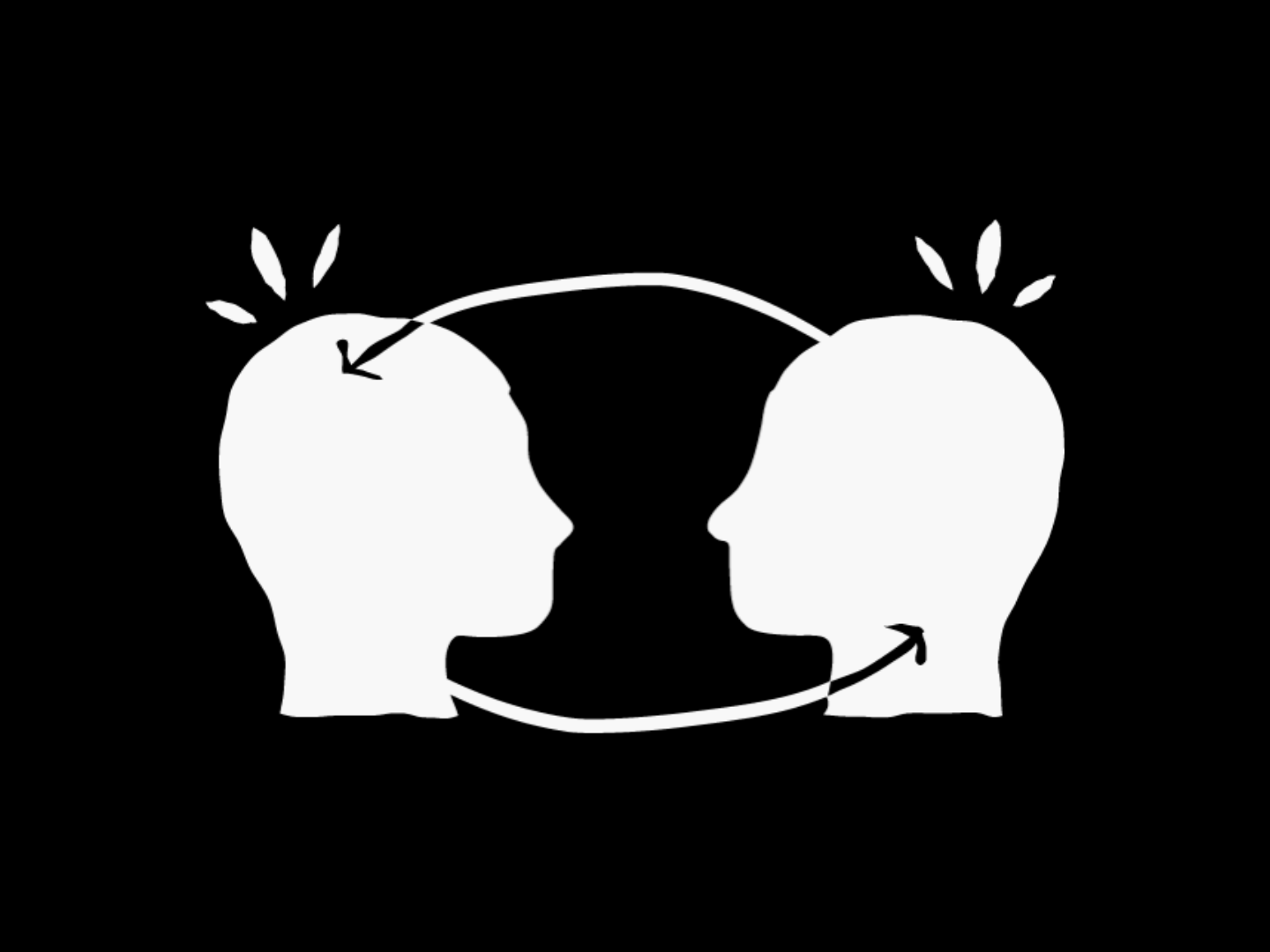“My point is that you can have the best structure in place…but as a club, you need also to evaluate the staff around the manager or the head coach. And if you don’t have those measures in place to do that – to make sure that the staff, the very key of the sporting organisation, consists of top professionals – then you can change the head coach over and over again, but results won’t change, because the biggest problem in your sporting organisation might not be the head coach. It’s something else…” – Jack Ross, Off the Pitch
Building high-performance organisations is complex and goes beyond the structure you want to create on paper. It’s about people and the flow of information, communication, and energy. At EPP, we’ve worked with numerous professional sports clubs to create off-the-pitch organisations that will unlock their performance potential. In doing so, we’ve spent more time working with them on the behaviours and ways of working they need to establish, as we have on the physical roles, positions, and reporting lines they put in place – it’s why we ended up building an advisory practice, having started life as purely a search and selection firm.
Consider who, what, and how to unlock elite performance off the pitch.
Through advising in this space, our executive search work, and our interactions with leaders across elite performance, we’ve found that those who are most successful focus their efforts on frameworks that facilitate cooperation.

As such, we find much of our time is spent working with leaders to define their team objective (the what), team composition (the who), and team behaviours (the how).
Team objective
Have you ensured everyone understands what the team is tasked with? Research by Richard Hackman has shown that team objectives must be large enough to justify the team getting together and important enough that team members understand that the team’s success is crucial to the organisation’s success. These two factors – criticality and importance – are essential for instilling motivation. Hackman’s framework for setting a team goal is extremely useful in framing your team’s objective; regardless of whether you are building a fast-acting team for a single crisis or a team that will be stable and long-lasting, ask yourself the following three questions. Would a non-expert get it? Will it energise the team? Does it matter to your club? This though, need to be balanced with Amazon’s ‘two pizza dinner’ rule which attests that you still need to ensure you team is lean enough to be fruitful – which they measure by whether the team could be fed with only two, albeit American sized, pizzas.
Team composition
This is frequently the first thing people ask, and we constantly urge them to focus on the objective and behaviours instead. There is no “correct” structure for a club or a department. Our experience has shown us that instead, asking if you have the necessary skills to do the task matters much more. In other words, have you identified individuals with diverse yet complementary skill sets? Have you explored various types of diversity in your staffing?
We’ve created a framework we use during our search and selection processes. It draws on 20 years of job descriptions and briefs we have worked on across roles, sectors and levels of seniority and captures the nine traits or criteria elite-performance organisations look for when describing any role. When hiring, we work with our clients to identify the five or six criteria necessary for that role and how these fit into the wider capabilities of their team. We’ve found that it’s useful to think about each of the nine areas when building your team, recognising that there will be gaps and overlaps in knowledge.

What is the culture of your team, and how will they collaborate?
High performance is a collective endeavour. Looking back at Google’s work on Project Oxygen which found psychological safety to be the single most important factor in building a high-performing team, there is an increasing volume of research that building connectivity between team members is critical to elite performance. When we talk to elite clubs, we hear Google’s findings played back to us – there is an increasing recognition that psychological safety is central to unlocking high performance (to learn more, see a great interview between our Founding Partner, Dave Slemen and the Australian Institute of Sport’s Matti Clements).
Your team culture starts with how you lead yourself, which means you set the behaviours everyone must always do, and never do, for your team. Therefore, one of the most critical factors in building your organisation’s culture is how you ‘show up’ and engage with your team. High-performance organisations search for fit and cultural alignment as much as competence. Considering who you are recruiting and promoting within your club is vital, and who you hire and how they are encouraged to act is key to unlocking your club’s potential.
Leaders in the best teams and organisations promote four essential behaviours:
- Collaborative mindsets are concerned with relationships, finding common ground, and developing trust.
- Speaking up entails accepting responsibility for sharing our opinions and perspectives.
- Listening up encourages people to speak up and challenge their assumptions.
- Situational awareness is about motivating everyone – not just the team leader – to take responsibility for ensuring the team’s effectiveness.
There is no recipe for building successful teams.
It takes trial and error and, most importantly, time. One organisation we have been working with has been on a twelve-month journey to introduce a new structure across geographically diverse locations. It started with them looking at their organisational chart and how they thought they needed to be set up regarding reporting lines and responsibilities. Only after working with their leadership team and consulting with key stakeholders were we able to shift the process to behaviours and ways of working, with the new structure emerging to serve their vision and objectives rather than the other way around. We encourage everyone in a large organisation or a small team to put in the time and effort to get people on the same page, pulling in the same direction. It makes all the difference.





